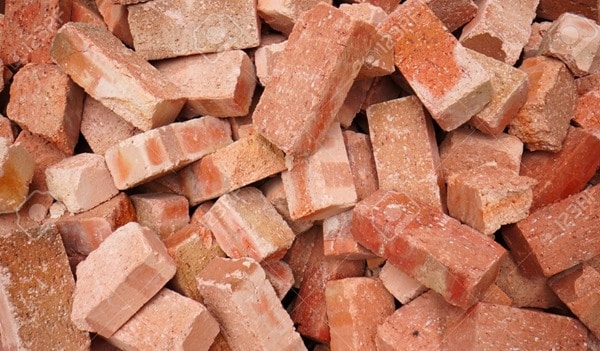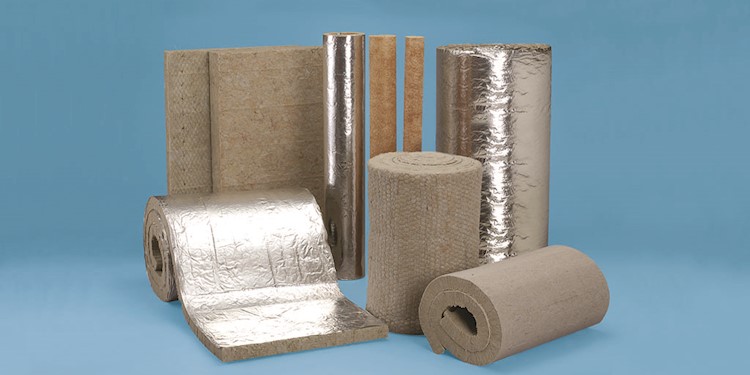Building Materials: A Guide to Essential Elements for Construction Projects

Introduction:
Building materials form the foundation of any
construction project, playing a crucial role in determining the durability,
aesthetics, and overall quality of the structure. From residential homes to
commercial buildings, selecting the right buildin materials is essential for
achieving the desired outcome. In this blog post, we will explore various types
of building materials commonly used in construction projects, their properties,
and considerations for choosing the appropriate materials.
Concrete
Concrete is a versatile and widely used building
material known for its strength and durability. It is composed of a mixture of
cement, aggregates (such as sand and gravel), and water. Concrete provides
structural support and is used for foundations, walls, slabs, and other
load-bearing components. It can be reinforced with steel bars (rebar) to
enhance its strength.
:max_bytes(150000):strip_icc()/GettyImages-941748918-5c7f3654c9e77c00012f82f6.jpg)
Bricks
Bricks are one of the oldest and most traditional
building materials. They are made from clay or shale that is fired in a kiln to
create a solid and durable unit. Bricks are commonly used for walls, facades,
and partitions. They offer excellent thermal insulation and can withstand
various weather conditions.

Steel
Steel is a versatile building material known for its high strength-to-weight ratio. It is commonly used in structural applications, such as beams, columns, and frameworks. Steel offers exceptional durability and can withstand heavy loads. It is also resistant to fire, making it a popular choice in commercial and industrial buildings.

Wood
Wood is a natural and renewable building material that
offers both structural and aesthetic benefits. It is commonly used for framing,
flooring, doors, windows, and finishes. Wood provides excellent insulation
properties and is relatively lightweight. Different types of wood, such as
hardwood and softwood, offer varying levels of strength and durability.

Cement-Based Materials
Cement-based materials, such as
cement boards and fiber cement sheets, are widely used in construction
projects. These materials offer high resistance to moisture, fire, and pests.
They are commonly used for interior and exterior wall cladding, roofing, and as
backing boards for tiles.

Glass
Glass is a versatile material that can be used for
both structural and decorative purposes. It allows natural light into the
building and enhances visual aesthetics. Glass is used for windows, doors,
facades, partitions, and in innovative applications such as glass flooring and
curtain walls. It can be tempered or laminated for improved safety and
security.

Insulation Materials
Insulation materials are crucial for
maintaining thermal comfort and energy efficiency in building Common
insulation materials include fiberglass, mineral wool, polystyrene, and
polyurethane foam. Insulation is used in roofs, walls, and floors to reduce
heat transfer and minimize energy consumption.

Roofing Materials
Roofing materials protect buildings from
weather elements and play a significant role in the overall aesthetics. Common
roofing materials include asphalt shingles, clay or concrete tiles, metal
sheets, and slate. Each material offers different levels of durability, weather
resistance, and design flexibility.

Considerations for Choosing Building Materials
Purpose and Function:
Consider the intended purpose and
function of the building when selecting materials. Different materials have
varying properties that can suit specific applications.
Durability and Maintenance:
Evaluate the expected lifespan of
the building and the maintenance requirements of the materials. Durable
materials may require less frequent repairs and replacements, reducing
long-term costs.
Aesthetics:
Building materials contribute to the visual
appeal of the structure. Consider the desired architectural style and design
elements when choosing materials.
Budget:
Evaluate the cost-effectiveness of the materials.
Consider the initial investment, longterm maintenance costs, and potential
energy savings.
Sustainability:
Consider environmentally friendly materials
that promote energy efficienc reduce waste, and have minimal environmental
impact.
Conclusion:
Building materials are the fundamental components
that shape the strength, functionality, and visual appeal of construction
projects. From concrete and steel to wood and glass, each material has its
unique properties and applications. When selecting building materials, consider
factors such as durability, maintenance, aesthetics, budget, and
sustainability. By making informed choice you can ensure the successful
realization of your construction project, creating a safe, durable, and
visually pleasing structure.









